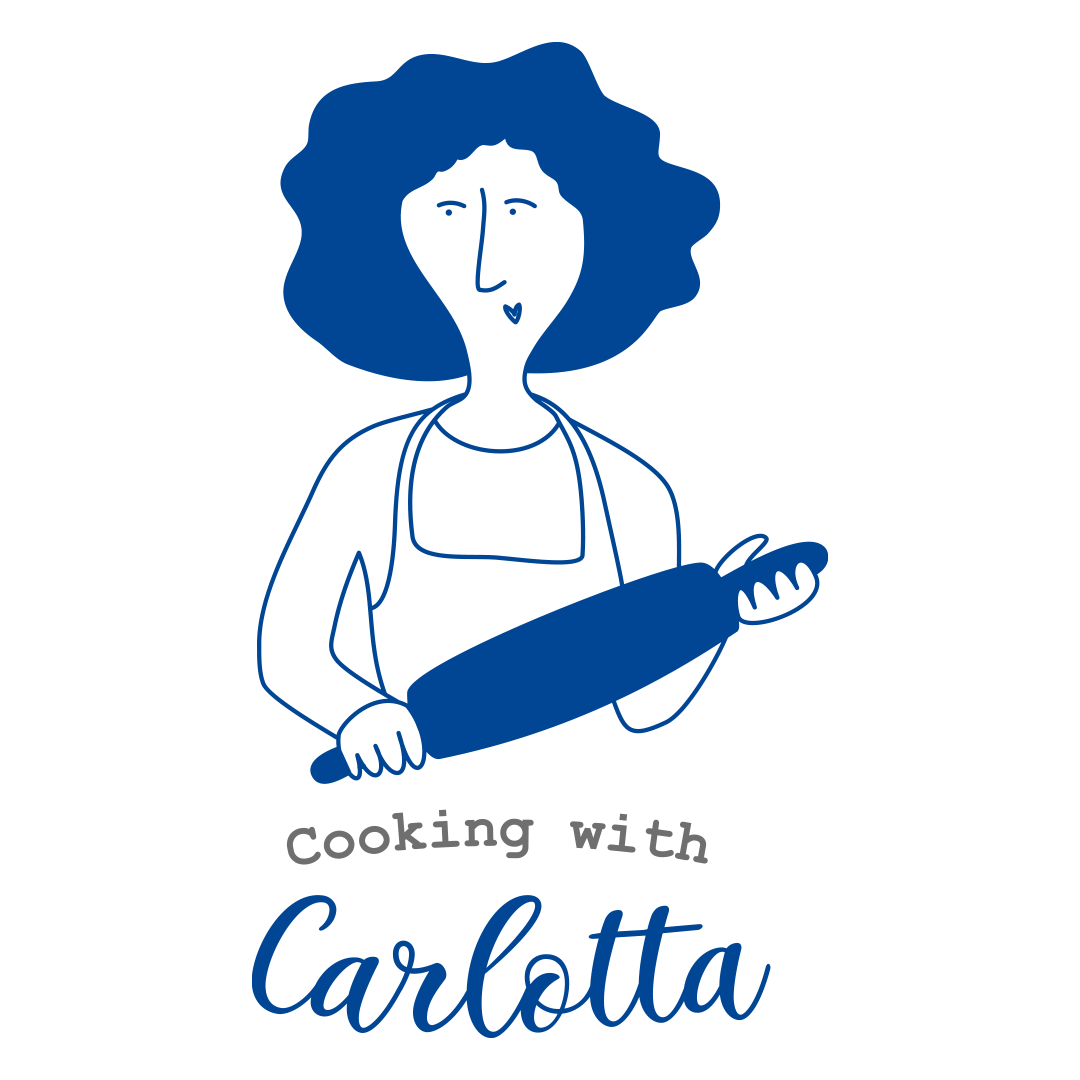The tradition of Easter eggs is a very ancient one, as it stems from the celebration of spring as a rebirth. It is the only celebration in the Christian calendar which has a variable date, falling on the Sunday after the first spring full moon.
The festivity’s name itself – Easter in English and Ostern in German, comes from Eostre, the ancient Northern goddess who is at the origin of many traditions related to this festivity.
The egg, never mentioned in the bible, is present in many Indo-European cultures as a symbol of fertility, and eating it is a way to celebrate Spring, the renewed cycle of the seasons and the new agricultural crops.
In the Middle Ages, eggs were cooked and decorated with flowers and leaves. Being in lockdown because of the coronavirus, I had no time to indulge in buying decorations at the grocery store, so I used pansies from my garden.
If you have other supplies in the fridge (I had bought an incredible quantity of raspberry puree before the lockdown, and I always store supplies of gelatine and baking products in my pantry), it could be fun to make some namelaka – a Japanese word that means ultra-creamy.
Prep Time: 40 minutes | Cooking Time: 35 minutes | Total Time: 1 hour + 15 minutes | Yield: Makes 8 servings.
Ingredients for chocolate bavarois
- 200 g dark chocolate, chopped finely
- 200 g fresh whipping cream
- ½ L (2 cups) milk
- 200 g white sugar
- 4 yolks
- 20 g gelatine
Ingredients for namelaka
- 112 g raspberry purée
- 7 g icing sugar
- 170 g white chocolate, chopped finely
- 2.5 g gelatine
- 200 g whipping cream
Instructions for chocolate bavarois
Put the chocolate, the milk, and half of the sugar in a saucepan and melt the chocolate, stirring constantly.
Soak the gelatine leaves in water to soften.
Prepare a bain-marie. Whisk the yolks and the remaining sugar in the bowl until the mixture is light and fluffy. Squeeze the gelatine, add it to the mix, and melt. Add the chocolate and str until it becomes thick.
Let it cool, and when it reaches room temperature, whip the cream and add it to the mixture. Incorporate slowly, folding it in with delicate movements from top to bottom.
Pour into the mould and refrigerate 4 to 5 hours before serving.
To remove it from the mould, dip it into a bowl of hot water for 2 or 3 seconds, then turn the bavarois over onto a dessert plate and remove the mould.
Instructions for namelaka
Melt the chocolate in the microwave or in a bain-marie.
Soak the gelatine leaves in water to soften.
In a saucepan over low heat, combine the fruit purée with the sugar, squeeze the gelatine, add it to the purée and melt.
Combine the fruit mixture with the white chocolate and emulsify it with an immersion blender.
Add the cream and emulsify with the immersion blender again.
Place in the fridge and let it sit all night.
The day after you can whip with a mixer and use it with a pastry bag.
